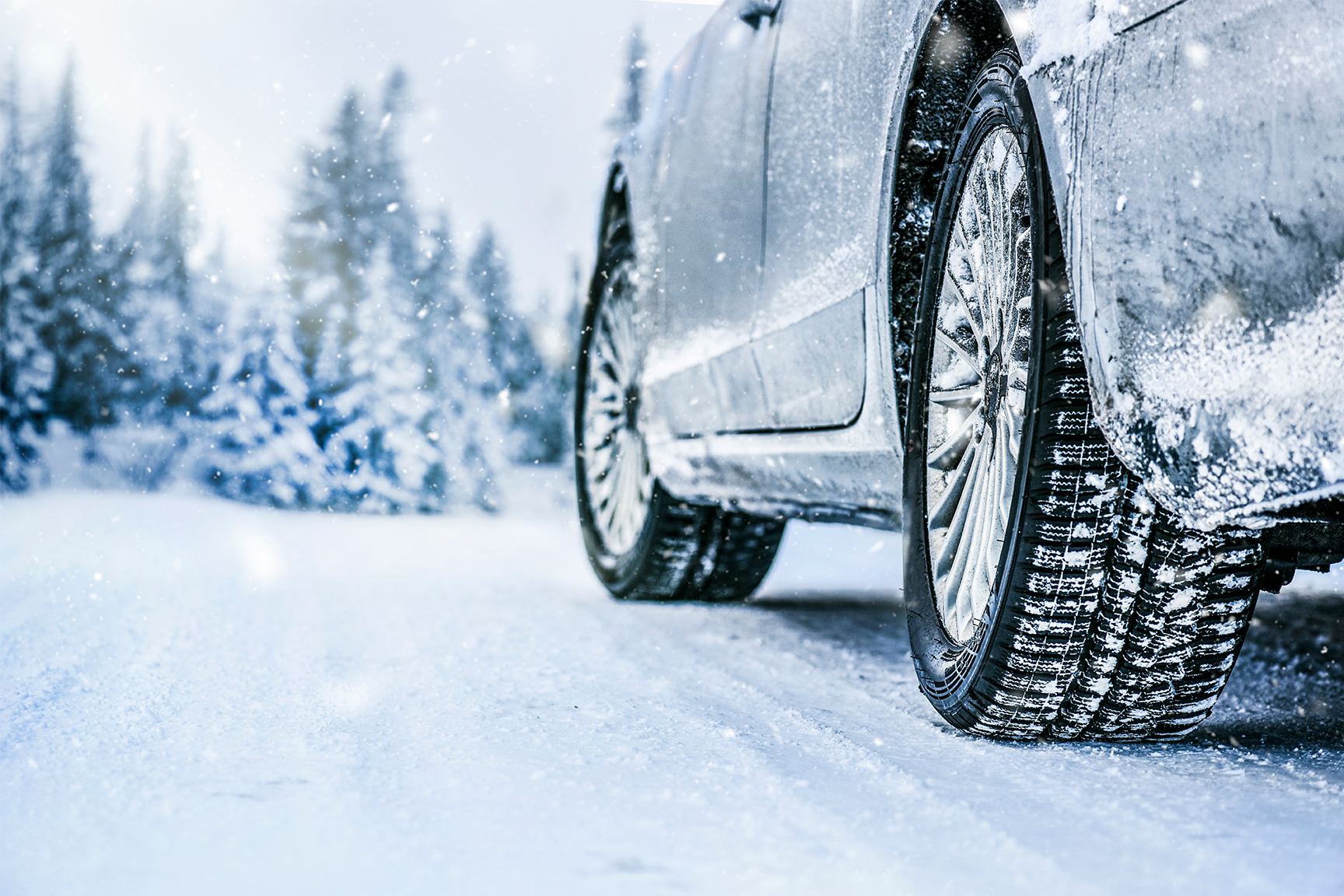Have you noticed an increase in flat tires during the frigid winter months? There’s a reason for it. Keep reading for some simple explanations as to why tires seem to go flat when temperatures drop.
Todd Bissell, Founder of RIDE FAQs.
3 Reasons Your Cold Tires May Be Flat
1. Tires have air pressure inside them. When the temperature drops below freezing, the tire’s internal air pressure decreases. As the air pressure decreases, the tire loses its ability to hold air in the tubes. If the pressure continues to decrease, the tubes may rupture, causing the tire to lose air completely.
2. Cold temperatures cause the rubber to harden. Rubber becomes harder at lower temperatures. When the temperature gets colder than -10 degrees Fahrenheit (-23 degrees Celsius), the rubber begins to stiffen and become brittle. That makes it less likely that the tire will regain its shape after being flattened.
3. Ice forms between the tread and the road surface. The ice prevents friction between the tire and the road. Friction causes heat buildup, which increases the likelihood of tire failure.
Lower Temperatures Cause Air to Contract
When the air is cooled down, it contracts. When the temperature drops, the molecules don’t move. As a result, they are not able to fill the inner space of your tire. If the space is not filled, the tire walls deflate. When the tire walls deflate, your tire pressure drops. You will, in turn, have a flat tire.
Arnold Chapman, Founder, and CEO of ELDFocus.com.
Jim Tevors, Head of Operations at WeReviewTires.com.
Loss of Air Pressure
Tires lose air pressure over time as a result of small amounts of air seeping through the inner liner of a tire. In cold temperatures, air pressure molecules collapse and have less movement which results in the tire “losing air pressure.”
Cold Air and Hard Rubber
One of the main reasons tires go flat in cold weather is that the air pressure inside the tire drops as the temperature gets colder.
This can happen for a variety of reasons, but one of the most common is that the air inside the tire condenses when it gets cold, which takes up more space and causes the pressure to drop.
Another reason is that the tire’s rubber gets harder in cold weather, which means it doesn’t absorb shocks as well and can lead to flats.
You can help prevent this by checking your tires’ air pressure regularly and keeping them inflated to the correct level. You should also be sure to check for any cracks or damage to the tires that could cause a flat. If you do find yourself with a flat tire in cold weather, be sure to change it as soon as possible to avoid further damage.
Jed Silverlake, Founder and Editor at HomeforBeginners.com.
This is a crowdsourced article. Contributors’ statements do not necessarily reflect the opinion of this website, other people, businesses, or other contributors.





